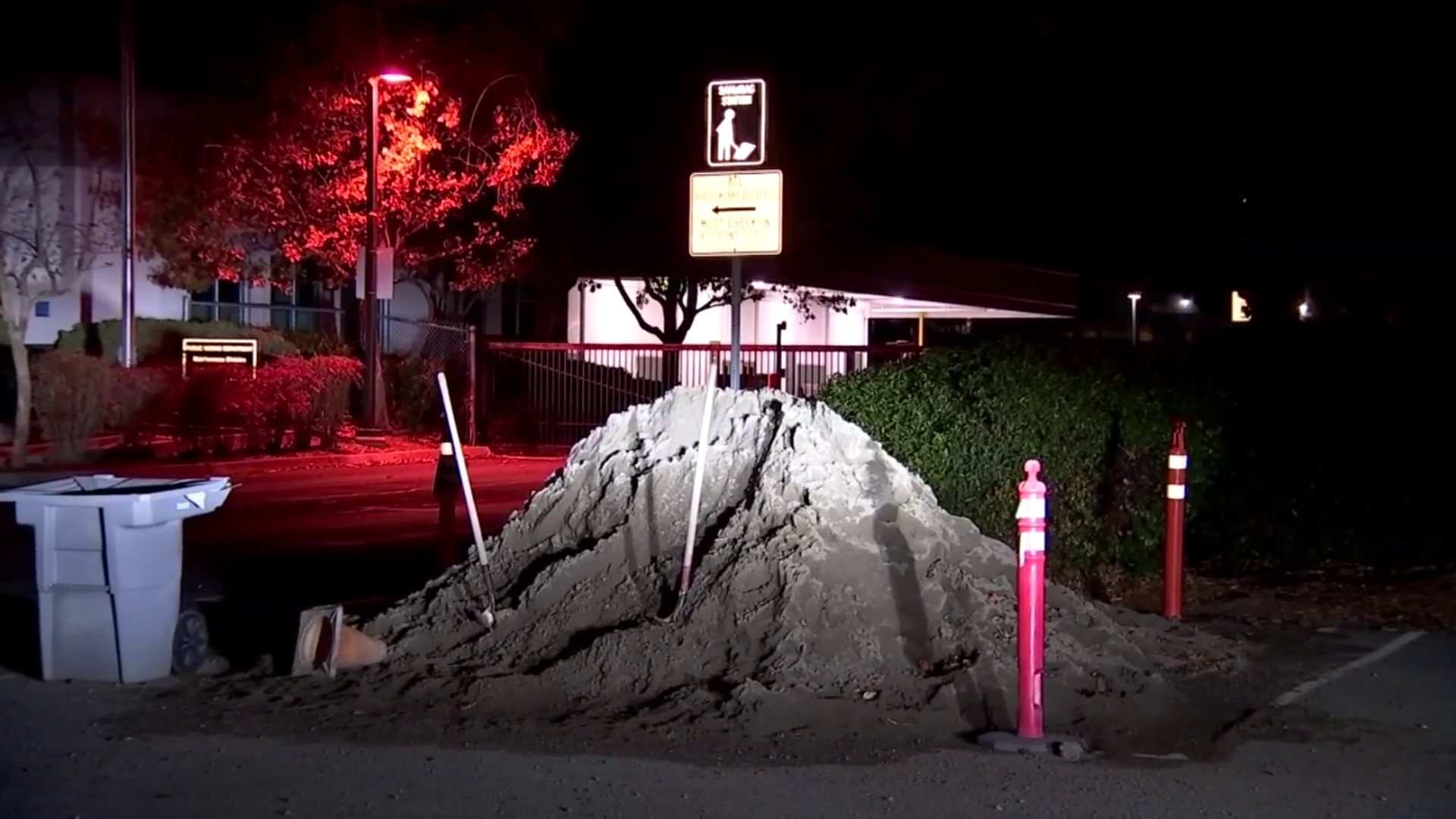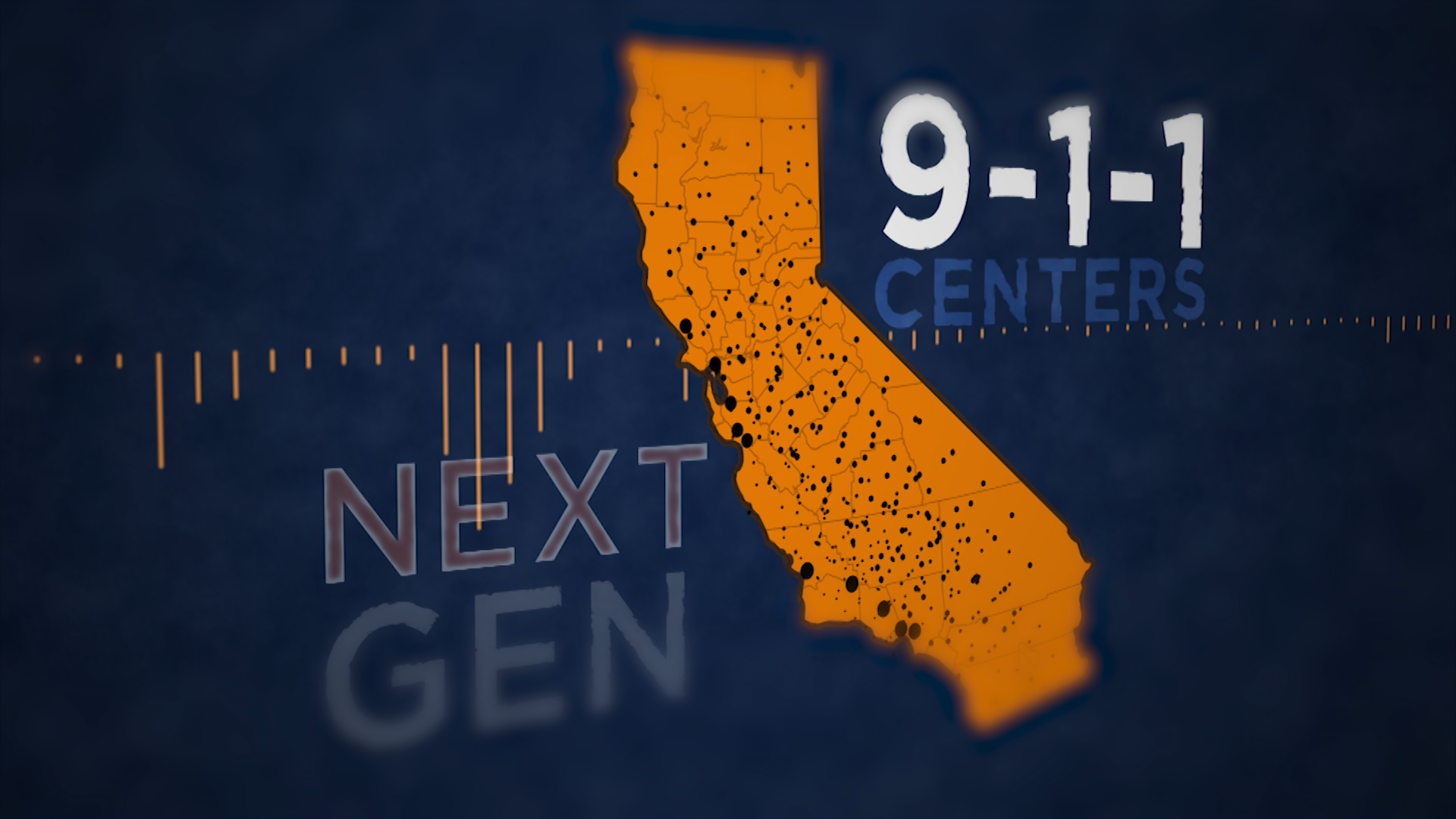Design decisions made decades ago at the origin of BART now haunt the system, making it more difficult and more costly to operate, officials with the transit agency say.
Designed at the beginning of the Space Age, the people who built BART wanted an ultramodern transportation system. The first transit system to be built after World War II, the goal was to create a sleek, light and smooth riding system. The hope was to draw people back into public transit – using large, tinted windows, wool seats and carpeting and promising speeds of up to 80 mph.
“It wasn’t too far away from the monorail idea,’’ said Randy Rentschler, spokesman for the Metropolitan Transportation Commission, “where families would go on BART like it was kind of a Disneyland ride -- you would get on it was almost luxurious in its feel.”
Luxury may have been built in, but the idea of routine failure was not, said BART Operations Manager Paul Oversier.
“Because in the aerospace business failure equals catastrophe well in our business failure is a fact of life,” he said.
Oversier, who came to BART after helping to run the New York subway system, said that system has a whole different approach. It was built to handle failure.
“They have express tracks and local tracks they have crossovers almost between every station,” he said. Crossovers are mechanical and electrical switches that allow trains to be routed around problems. BART’s are few and far between, and, according to Oversier: “the ones that we do have are basically in the wrong locations.”
Local
Not having such switches is most problematic in the core part of the system, from West Oakland to Daly City. Here, four lines with trains running every two and half minutes converge to run in one track in each direction. “Basically, if anything happens in that core part of the system,” Oversier said, “the delays to our passengers ad to other trains propagate very quickly and impact many, many trains.”
The bottleneck was something the designers did not anticipate, one of many design limitations that now hamstring operators.
“A lot of decisions made 50 years ago about this system really limit what we can do today,” said Tom Radulovich, a 19-year member of the BART governing board. The use of ultra- lightweight aluminum cars gliding along on extra-wide gauge tracks at up to 80 mph, he said, had unforeseen consequences.
“We couldn’t order off-the-shelf rail cars – they had to be custom designed, we had to have them custom made,” he said, referring to the latest order of new train cars expected to come on line as soon as next year. He said the new cars cost nearly double the price of more conventional rail cars, which are made of stainless steel and can be mass produced.
Radulovich says nearly all of BART is one of a kind.
“Because of BART’s uniqueness technologically, it is a bit of a crafts project,” Radulovich added. Cheaper stainless cars are simply too heavy for the structures built to support BART’s elevated tracks. The wheels on cars have to be custom made, which involves using heat to press steel rims around aluminum hubs.
BART is also constrained based on the dimensions of the Transbay Tube – it cannot use roof mounted air conditioning units, Radulovich says. Instead, the air conditioners must be mounted underneath cars, a maintenance headache that means cars have to be out service for a full day to replace them.
New York, by comparison, can change a roof mounted unit in a matter of minutes.
BART’s 1,000 volt electrical system is unique. So is its station design and even its ticketing system. Having such custom features, according to Radulovich, means that projects are not only more expensive, but take longer. Added to that, he said, “there’s a chance it won’t work – or at least won’t work the first time.”
Larry Dahms, who managed BART in its early days and later served as executive director of the Metropolitan Transportation Commission, says the system’s design legacy poses “significant challenges – I won’t argue that.”
But, he said, “the people who designed BART and sold BART did an incredible job for the community.”



